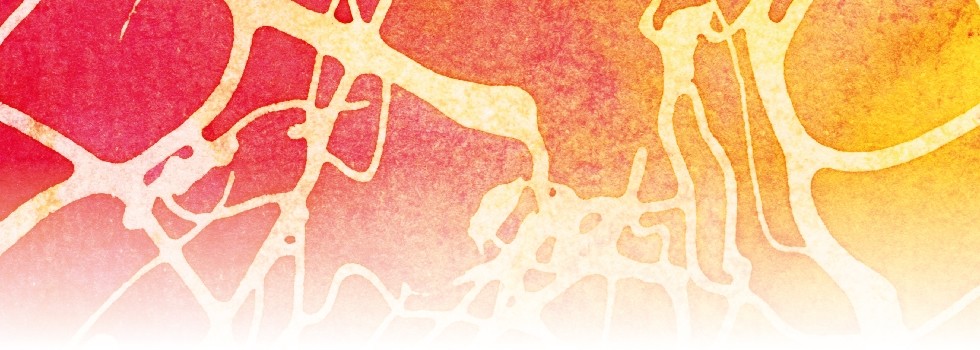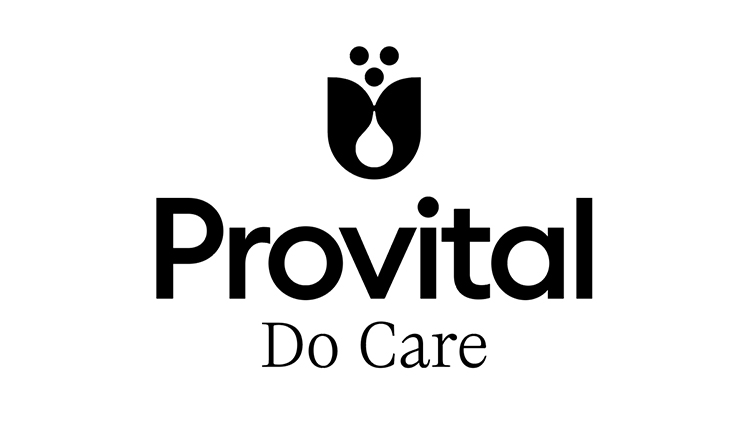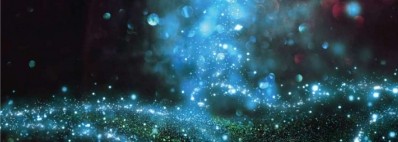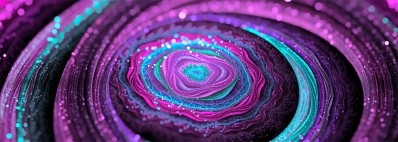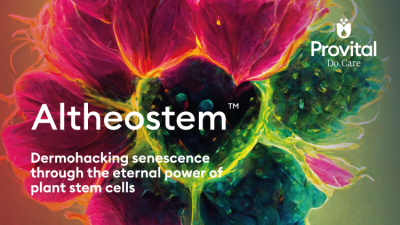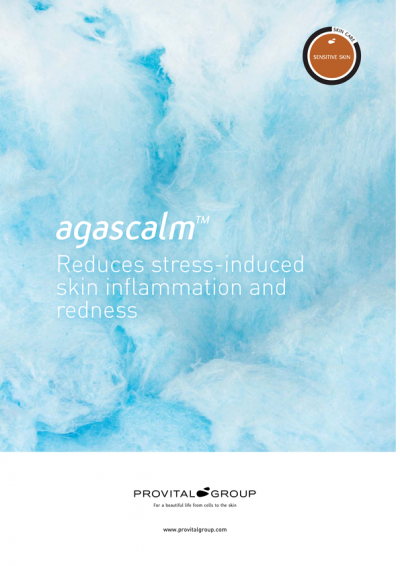Promotional Features
Striover wave goodbye to stretch marks
Our skin is like a map where the path of our life experiences is drawn. One of the signs that very often life leaves on us, like a tattoo, are stretch marks. Striover minimizes the appearance of stretch marks.
Stretch marks, an atrophic scar for life
Stretch marks (SD, striae distensae) are common skin lesions, appearing as linear bands of wrinkled skin. Stretch marks arise in body areas where there is dermal stretching such as abdomen, hips, breasts, thighs and buttocks and they are associated with pregnancy, obesity, growth spurts, weightlifting, corticosteroid excess and some diseases (Cushing´s and Marfan syndrome). It is estimated that 70% of teenage girls have stretch marks, as well as between 50% and 90% of women during or after pregnancy.
Two clinically and histopathologically recognizable forms of SD have been described: striae rubrae and striae albae. The initial erythematous and violaceous lesions are referred to as striae rubrae (red stretch marks), where there is dermal inflammation with mast cell degranulation, elastolysis and dilated capillaries. These fade into wrinkled, hypopigmented, atrophic scars named striae albae, which are a permanent form of SD (white stretch marks).
One of the most commonly used surgical therapies to improve the appearance of stretch marks is microdermabrasion, together with the injection of autologous platelet-rich plasma (PRP). Provital's objective was to develop an active cosmetic ingredient capable of having an activity similar to PRP in stretch marks, in order to make dermal fibroblasts active again and for them to be able to secrete different growth factors, such as those present in PRP, without the need for invasive techniques. Striover™ makes fibroblasts active again to improve skin conditions in stretch marks.
Combination of two plants to increase the growth factors involved in PRP
In Striover we have combined two plants used in traditional Chinese medicine to improve Qi, “the vital flow of energy”: astragalus and bonnet bellflower.
Astragalus (Astragalus embranaceus) is one of the fifty fundamental herbs in traditional Chinese medicine. Thanks to its saponins and polysaccharides, it reduces the inflammatory response in relation to various diseases and conditions.
Bonnet Bellflower (Codonopsis pilosula) benefits the whole body by increasing its strength and endurance, by rejuvenating it, by strengthening the immune system and by helping to recover from chronic diseases. Its anti-aging effects could be related to the immunological improvement, the elimination of free radicals and anti-lipoperoxidation. It is rich in saponins and polysaccharides and grows in the mountain forests of Korea and China.
Unique 3D model for stretch marks
There is a focus in standardizing alternative skin models that could be used to predict the results with those of in vivo human studies. Thus, we decided to reconstruct a full thickness skin model with either SDF (Striae-distensae fibroblasts) or NHDF (normal human dermal fibroblasts) for the dermal compartment (Striae or Normal Reconstructed), while normal epidermal keratinocytes were used to reconstruct the epidermis. Our in vitro tests in 3D reconstructed skin with fibroblasts from white stretch marks and normal keratinocytes showed an increase in growth factors, collagen I and epidermal thickness.
Great In vivo results
The ability of Striover to reduce and improve the appearance of stretch marks was assessed in 25 female volunteers who applied a cream containing 2.5% Striover compared to placebo, twice a day for 56 days. One of the measured parameters was the perimeter of a stretch mark resulting in a reduction of 7% vs placebo (p<0.05, up to a 75%). Moreover, the area and roughness also were decreased (-7%, up to -48%, and -12%, up to -89%, respectively, both p<0.05). Biomechanical parameters such as elasticity and firmness were increased during the treatment.
Another way to reflect the modified structural dermis on the stretch marks is measuring the anisotropy index, which is higher in SD than in normal skin. When compared to placebo, Striover achieves a decrease of 13% in the anisotropy index at 28 days which is translated into a better organization and more ordered skin due to an improvement in the ECM structure.
Striover reduces stretch marks and improves skin texture.
